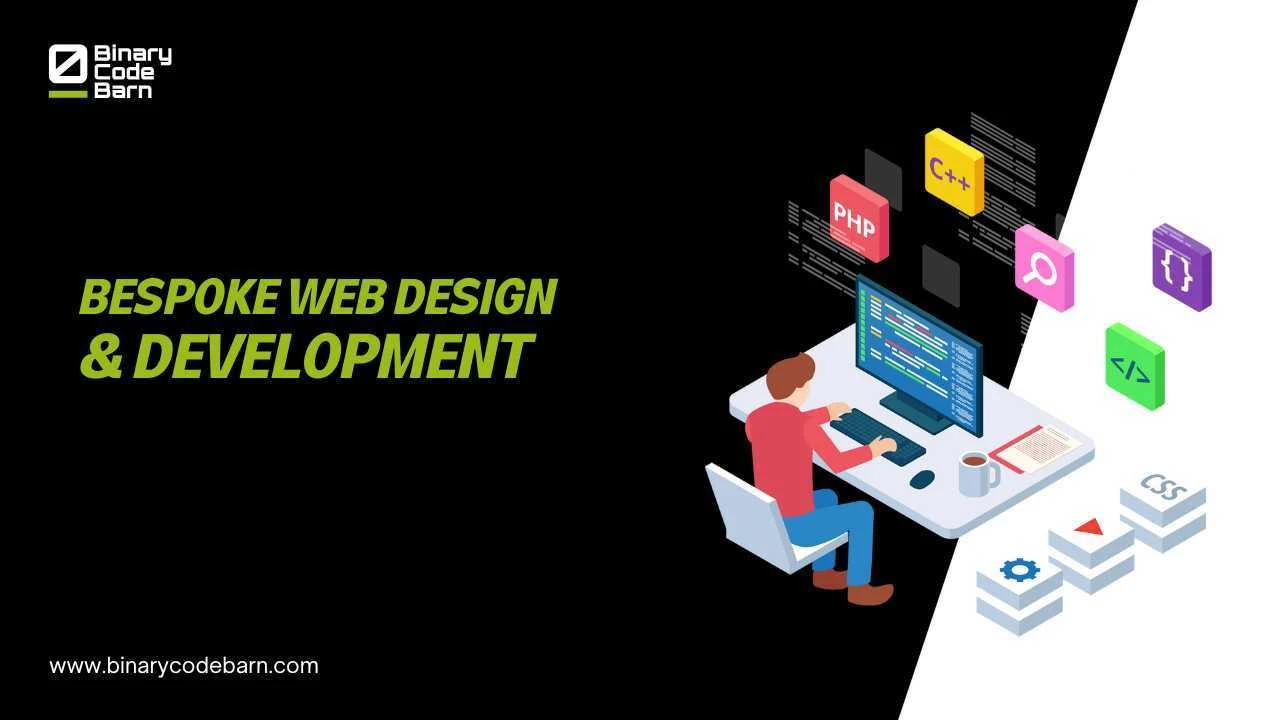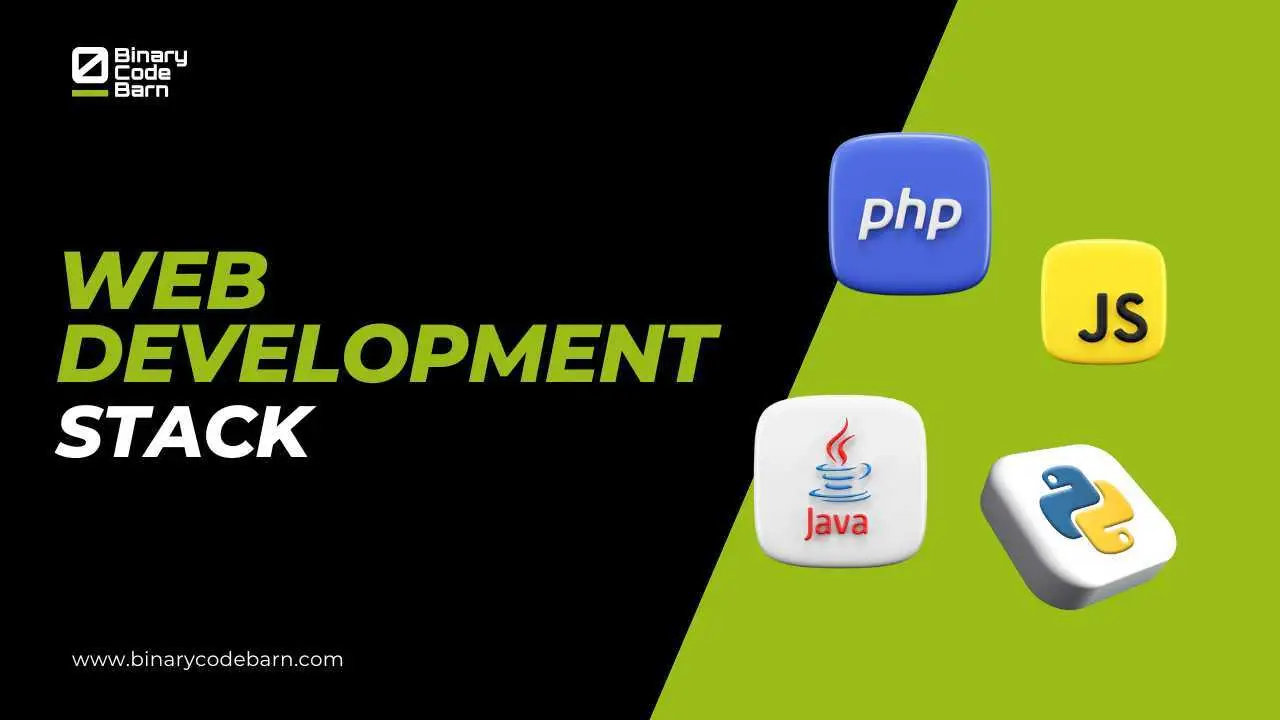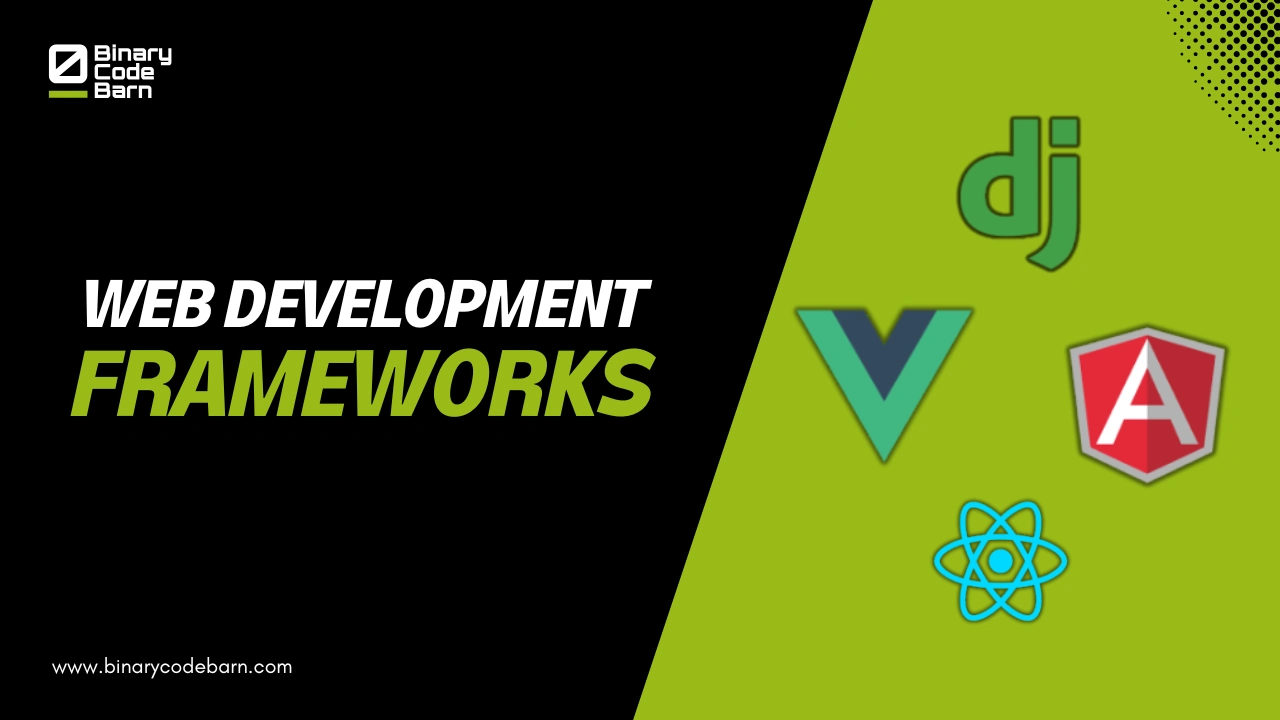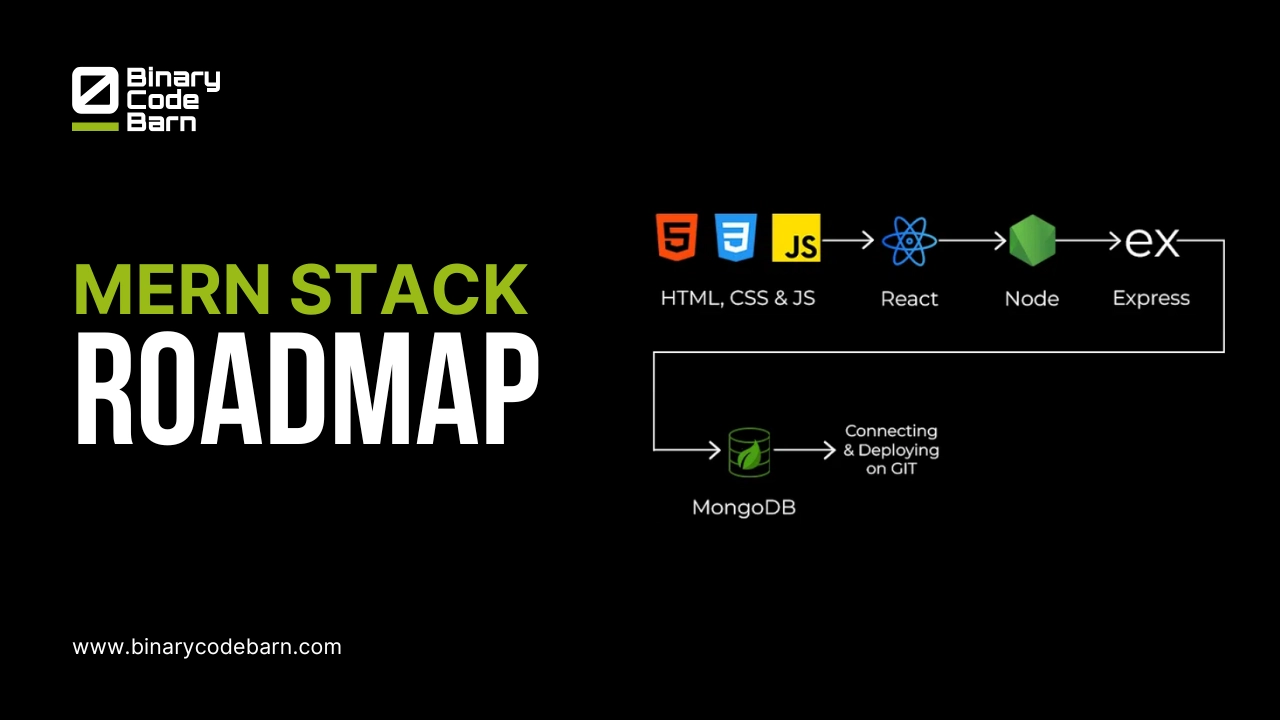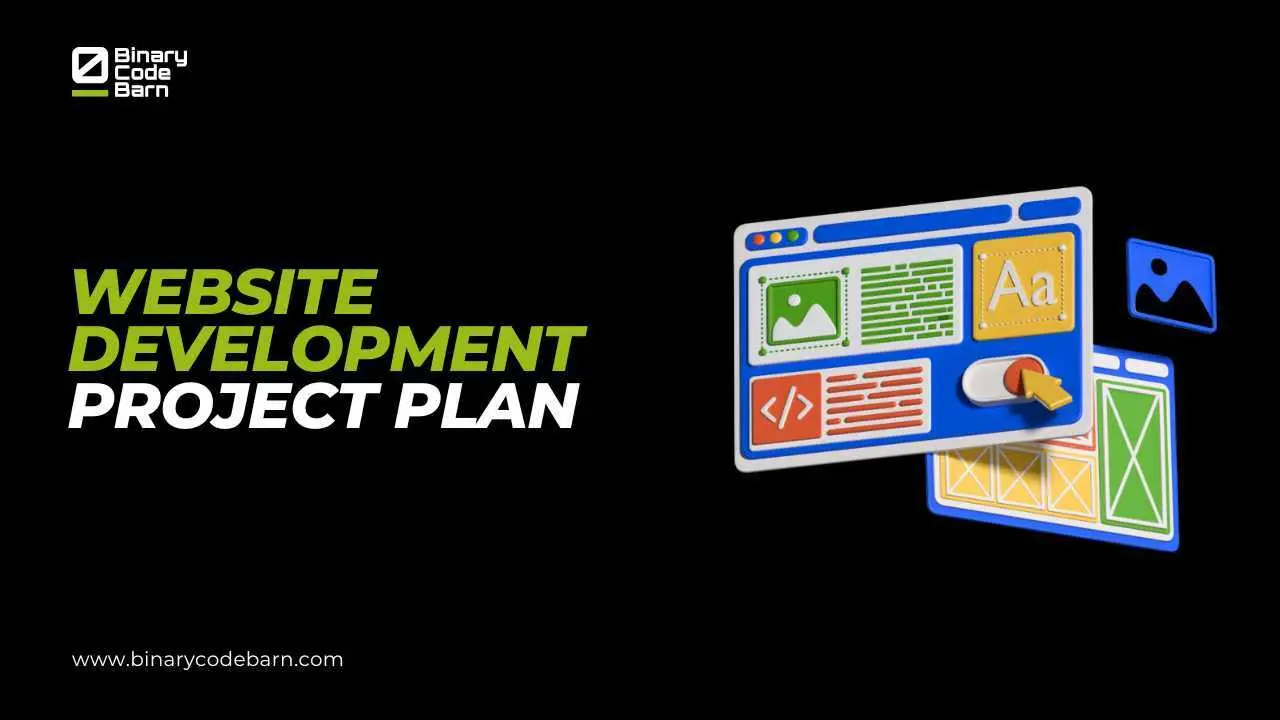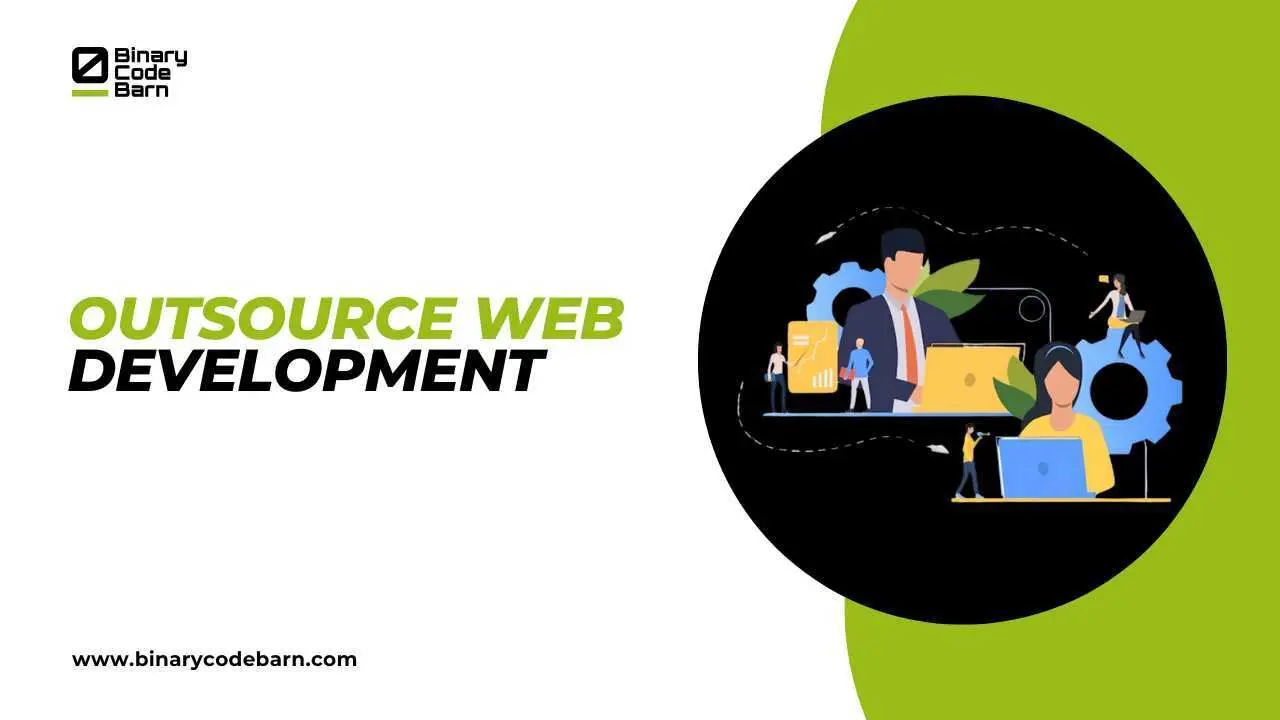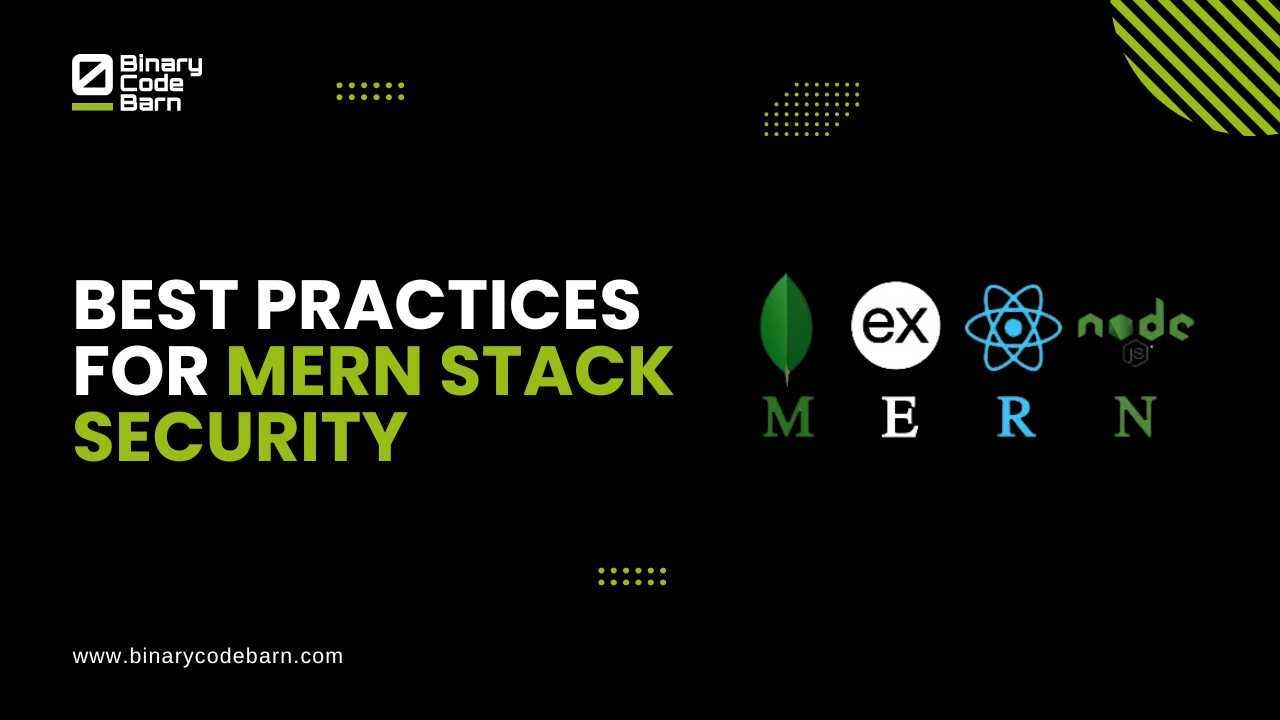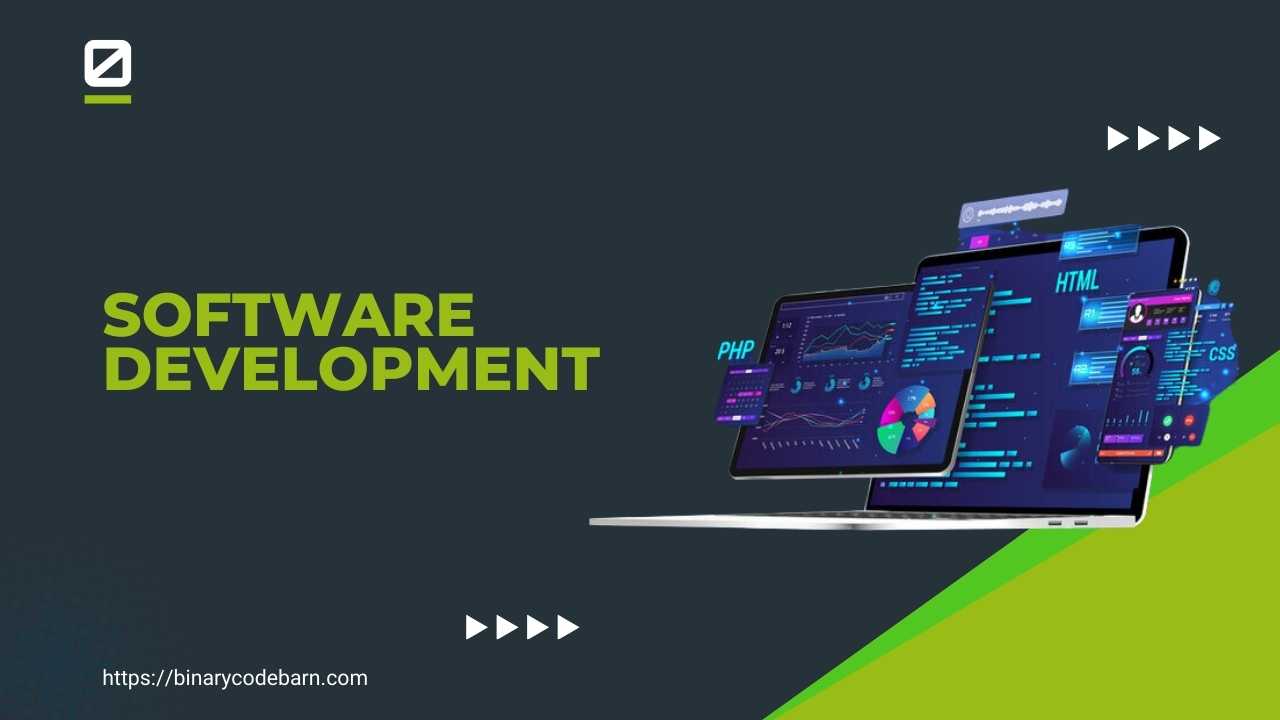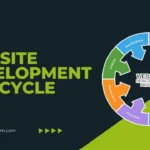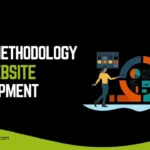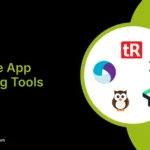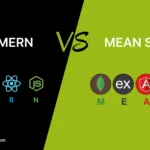To build MVP (Minimum Viable Product) is the first step to turning your idea into a real product. It helps you test your concept with actual users, get feedback, and make improvements before investing heavily in full development. By focusing on the core features that solve your users’ main problem, you can launch faster, save costs, and reduce risks. Whether you’re just starting or looking to refine your product, creating an MVP is a smart way to bring your idea closer to success.
What is a Minimum Viable Product (MVP)?
MVP is a minimal viable product that includes only the elements that are necessary and usable to a consumer, who can then provide feedback on the product. This MVP application development team will iterate to improve the product. Developers create MVPs to save lengthy and unneeded work.
What are the Benefits if you Build MVP
Building a Minimum Viable Product development offers several key advantages that can significantly impact the success of your product and business. Here’s how developing an MVP benefits both the product and your business:
- Launch your product quickly with essential features, enabling early user feedback and faster improvements.
- Focus on key features, reducing development costs and allowing for reallocation of resources as needed.
- Test your product with real users, fine-tuning it to better meet market needs and improve its chances of success.
- A functional MVP increases your chances of attracting funding by showcasing your concept to investors.
- Building an MVP helps you gain deeper insights into the problem, industry, and user needs.
- Test new ideas with minimal risk, adjusting as needed without major consequences.
- Use user feedback to refine and add features, ensuring the product evolves to meet real needs.
- Focus on user needs and create a product people are more likely to use and enjoy.
- Save money by building only essential features and avoiding unnecessary investments upfront.
- Use the MVP as a base for expanding and adding new features over time as the product grows.
In short, an MVP allows you to test your idea quickly, reduce risk, and ensure you’re building a product that users truly want.
Real-World Examples of MVP
Minimum Viable Products (MVPs) have proven instrumental in the success of many global brands. Here are key examples that highlight the power of starting small:
- Airbnb began with a simple website called “Air Bed and Breakfast,” allowing the founders to rent out their living space during a conference. This MVP validated the idea of peer-to-peer home rentals and set the stage for a global business.
- Facebook, originally “Thefacebook,” started as a basic platform for Harvard students to create profiles and connect. Its simplicity helped validate the concept of social networking before expanding to a wider audience.
- Dropbox launched with just an explainer video. Instead of building a full product, the founders used the video to showcase their idea, gathering interest and feedback, which helped refine the product.
- Uber, first known as “UberCab,” connected users with black car drivers in San Francisco. This early MVP validated the idea of on-demand transportation.
- Instagram started as a check-in app, but its MVP focused solely on photo sharing after realizing user preferences, leading to massive success.
These examples illustrate how MVPs enable businesses to test ideas, minimize risks, and refine their solutions based on real-world feedback.
How to Build an MVP?
If you want to build MVP following steps you should follow these steps:
Determine the Problem
Every product exists to solve a problem. Whether it’s a real challenge or a new idea that changes user behavior, knowing the problem your MVP will address is key to its success.
Solving a Real Problem
A real problem is something your audience already struggles with. For example, the Flo app helps women track their health by offering cycle tracking, expert tips, and a supportive community. By solving this existing need, Flo became a trusted tool with over 380 million downloads and millions of active users.
Creating a New Solution
Sometimes, products introduce a new way of doing things. Take telemedicine, for example. During the COVID-19 pandemic, it provided a new way for patients to consult doctors from home. This shift in user behavior turned telehealth into a widely accepted solution, growing its adoption from 11% in 2019 to 46%.
If you’re solving a new problem, make sure to clearly show users the benefits of your product. Keep it simple, valuable, and easy to use.
By focusing on the right problem, your MVP can offer real value and connect with your audience.
Market Research
Market research is a vital step in creating a successful MVP. It helps you understand your target audience, their needs, and the existing competition.
- By identifying customer problems and how your product can solve them, you ensure your idea is valuable and unique.
- Researching the market also helps you learn about similar products. If competitors exist, you can focus on making your product stand out with better design or features. If no alternatives exist, you have a chance to introduce a fresh solution to an existing problem.
Market research isn’t just the start it’s an ongoing process. Continuously validating your product idea as it develops reduces the risk of failure. Looking beyond your primary market and considering global opportunities can also prepare you for future expansion.
By doing thorough research, you can avoid wasting time and money while creating a product that truly meets customer needs. Ultimately, this ensures your MVP delivers real value and sets the stage for long-term success.
Know Your Audience and Set Clear Goals
One common mistake is trying to create a product for everyone. Instead, focus on a specific group of people who need your product the most.
Create a User Persona
A user persona is a simple profile of your ideal customer. Think about:
- Who they are: Gender, age, and social status
- What they do: Income level, habits, and daily activities
- What they need: Problems they want to solve
- How they use technology: Devices they prefer
For example, your persona might be a 30-year-old working professional who uses a smartphone and wants a faster way to manage tasks. Spending time to define this will help you create a product that fits their needs perfectly.
Set Clear Goals
Once you know your audience, set goals to track how well your product is performing. Some useful metrics include:
- How many people download your app
- The reviews and feedback you get
- How long users spend using it
- How often do they come back
These goals help you see if your product is working or needs changes. By focusing on a clear audience and measurable goals, you can build an MVP that delivers real value and success.
Focus on the Most Important Features
After understanding your users’ needs and your business goals, it’s time to decide what your MVP will include. The key is to focus on features that solve the main problem and provide real value to your users.
Map the User’s Journey
A user flow maps the steps users take to complete a specific goal, from their first interaction with your product to a successful outcome.
For example, in a pharmacy app, a basic user flow might include:
- Searching for a medicine
- Checking availability at nearby pharmacies
- Adding items to the cart
- Placing an order
Each of these steps may have smaller actions, like searching by name or filtering results, but keeping the flow simple and logical helps improve the user experience.
Prioritize Features
- Start with the Basics: Identify the core features your MVP cannot exist without. These are the must-haves.
- List Additional Features: Write down other features you’d like to add and prioritize them. Decide which can be added later.
- Work as a Team: Discuss with your team to finalize the most important features.
Focus on delivering the most value with minimal resources. Your MVP should solve the main problem you’ve identified in your research while being simple and easy to use.
By focusing on what’s essential, you’ll create a product that is valuable, cost-effective, and ready for future improvements.
Develop and Test the MVP
Once you’ve gathered all the necessary information, it’s time to build your MVP. Focus on creating a user-friendly and engaging prototype that meets quality standards. Remember, your MVP represents the final product, so it must deliver value and solve the user’s problem effectively.
Here’s how to proceed:
- Build the MVP: Include only the core features that are essential for solving the main problem. Keep it simple but functional, ensuring the product is easy to use and appealing to your target audience.
- Test Internally: Let your team use the MVP for a few days to identify any issues or areas for improvement.
- Test with Early Users: Share the MVP with a small group of users for 1-2 weeks. Gather feedback, track user behavior, and analyze the data.
- Refine the Product: Use the insights from testing to make necessary changes. Remove unnecessary features, improve existing functionality, and identify priorities for the next version.
Testing helps you create an optimized first version of your product, setting the stage for future scalability and feature expansion. By listening to user feedback and continuously improving, you can build a product that truly meets user needs.
Iterate Constantly
Once your MVP is ready, the journey doesn’t end it’s just the beginning. The key to success lies in continuous iteration based on user feedback. Here’s how to refine your MVP:
- Collect Feedback: Pay close attention to how users interact with your product. Gather responses, reviews, and behavior data to understand what works and what doesn’t.
- Iterate Continuously: Make adjustments based on the feedback you receive. Test every change to ensure it improves the product and meets user expectations.
- Focus on the Basics: Remember, an MVP is all about testing the product-market fit with minimal features. Prioritize what delivers the most value to users.
- Ongoing Research: Research doesn’t stop once the MVP is developed. Keep analyzing market trends, competitors, and user needs to stay ahead and refine your product.
By iterating and learning continuously, you’ll create a product that not only meets the market’s demands but also becomes something people love to use.
Types of MVP (Minimum Viable Product)
There are several types of MVPs, each catering to different product ideas and target audiences. Here’s an overview:
1. Concierge MVP
A manual approach where the product’s functionality is delivered through human intervention rather than automation.Testing ideas that involve highly customized or personal experiences.
Example: A personalized shopping service where a human expert helps select products based on user preferences.
2. Wizard of Oz MVP
The product appears fully functional to users, but processes are manually executed in the background. Testing user interest without investing in complex backend development.
Example: A website where orders are processed manually without automation.
3. Landing Page MVP
A simple webpage that describes the product and gathers user interest (e.g., sign-ups or pre-orders). Validating demand for a new product or feature.
Example: Dropbox initially used a landing page with an explanatory video to gauge interest.
4. Piecemeal MVP
Combines existing tools and services to deliver the product without building it from scratch. Quick market entry with minimal resources.
Example: Using Shopify and PayPal to set up a store before building a custom e-commerce platform.
5. Prototype MVP
A basic, non-functional version of the product to showcase its design and core features. Visualizing the product idea and securing stakeholder approval.
Example: A wireframe or clickable design demonstrating the app’s functionality.
What is an MMP?
MMP (Minimum Marketable Product) refers to a product version with the smallest set of features that provide enough value to users and can be marketed effectively. Unlike an MVP, which focuses on testing product viability, an MMP targets delivering a usable, market-ready solution that can attract paying customers.
Key Differences Between MVP and MMP
| Aspect | MVP (Minimum Viable Product) | MMP (Minimum Marketable Product) |
| Goal | Test an idea and validate product-market fit. | Deliver a market-ready product for customers. |
| Audience | Early adopters, beta testers, or stakeholders. | Broader target audience or paying customers. |
| Features | Basic, minimal features are needed for functionality. | Features polished enough to meet user expectations. |
| Focus | Learning and collecting feedback. | Generating revenue and gaining traction. |
| Development Stage | Early development phase. | Post-validation, closer to full product release. |
| Timeline | Short and iterative, focused on testing. | Longer, aimed at launching a polished product. |
| Marketing Strategy | Limited to specific users or testers. | Fully marketable with branding and promotion strategies. |
What is an MVP Development Company?
An MVP Development Company helps you create a Minimum Viable Product (MVP), which is a basic version of your product with just the essential features to test with users. The team usually includes:
- Business Analysts
- Developers
- UI/UX Designers
- Product Managers
- Copywriters
- QA Engineers
These experts work together to build your MVP quickly, so you can test your idea, get user feedback, and improve your product before fully developing it.
Why Partner With Binary Code Barn to Build MVP?
Building MVP is an important step for your business, and choosing the right team to help you is key. At Binary Code Barn, we focus on creating MVPs that are easy to use and meet your goals. Here’s why you should choose us for your MVP development:
- Expertise in MVP Development: At Binary Code Barn, we specialize in building Minimum Viable Products (MVPs). Our team ensures your product focuses on the key features that matter most to your users, saving you time and money.
- User-Friendly Design: We create easy-to-use designs that put your users first. Our team makes sure your MVP is simple, intuitive, and meets the needs of your target audience.
- Cost-Effective: We help you build your MVP on a budget by focusing on essential features, so you don’t spend too much at the start. This way, you get the most value for your investment.
- Fast Development: We work quickly to get your MVP in front of users. Our process is efficient, ensuring you can test your idea and get feedback fast.
- Proven Success: We’ve helped many businesses successfully build and launch MVPs. Our experience and commitment to quality ensure your project will be in good hands.
- Scalable Solutions: After validating your MVP, we continue to support you in growing and improving your product, ensuring it can scale as your business grows.
Choose Binary Code Barn to build your MVP and bring your idea to life with the right focus, design, and approach. Contact us today for MVP development services!
FAQs
- How long should an MVP take to build?
An MVP typically takes 1 to 3 months to build, depending on the complexity and the features you want to include. - How much should it cost to build an MVP?
The cost can vary, but generally, it ranges from $15,000 to $100,000, depending on the scope, features, and development team. - How do marketing strategies for MVPs differ from those of fully developed products, and what should be prioritized?
Marketing for an MVP focuses on validating the idea, gathering feedback, and attracting early users, while fully developed products focus on broader market reach and brand building. Prioritize targeting early adopters and refining your product based on their feedback. - How do I prepare for an MVP for my product?
To prepare, define your target audience, outline core features, validate your idea, and work with a team to develop and test the MVP. Focus on building only the essential features to solve the problem for your users.

